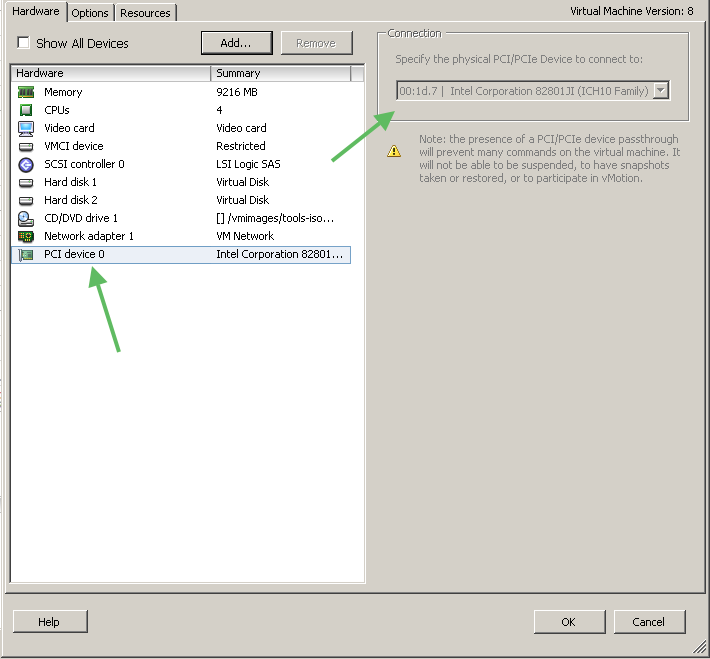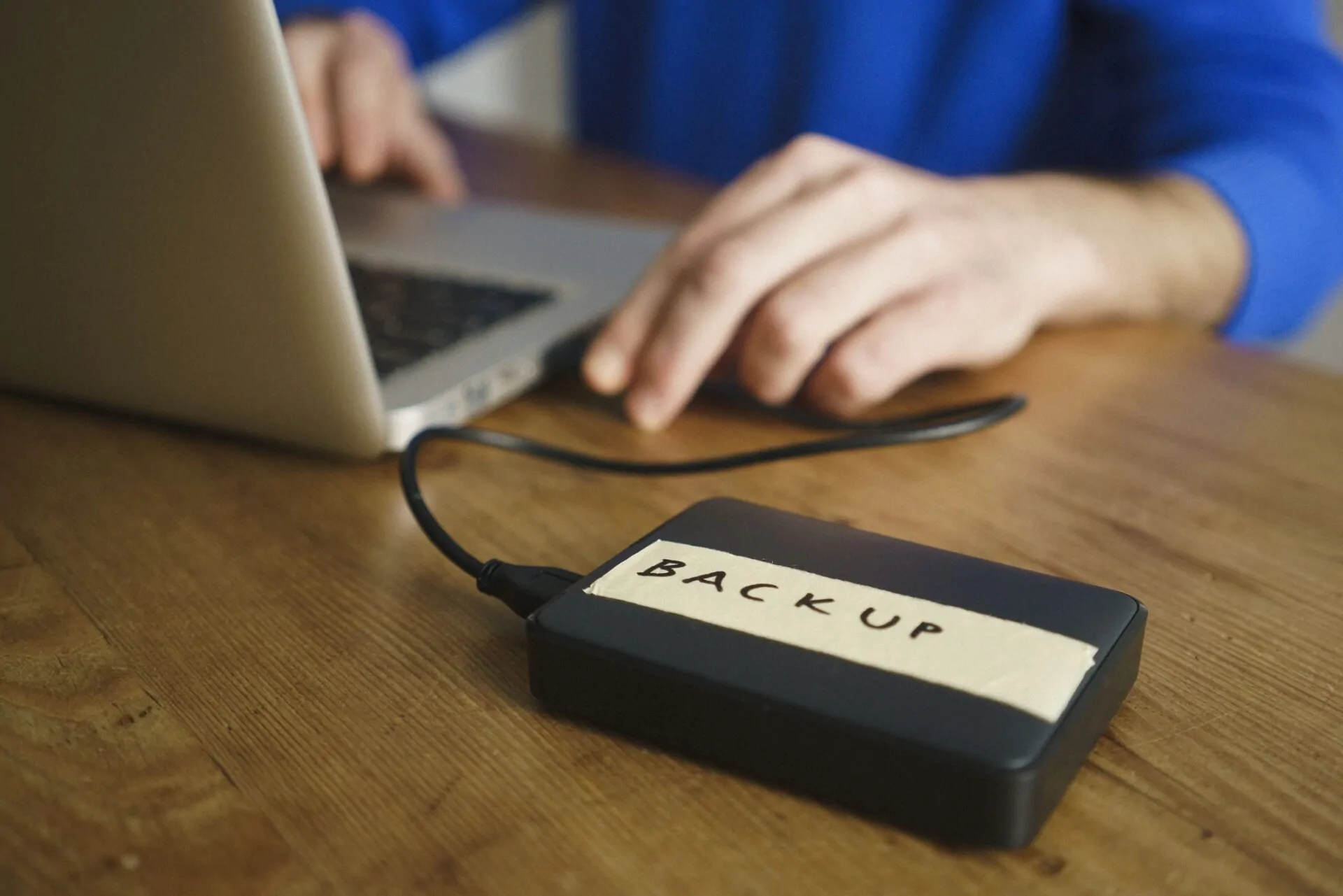
- Linux set up external usb backup drive portable#
- Linux set up external usb backup drive software#
- Linux set up external usb backup drive windows#
The objective of AES is to provide a specification for electronic data encryption. It was established by the United States National Institute of Standards and Technology (NIST) in 2001. The Advanced Encryption Standard (AES) is one of the widely used global standards for encryption. The primary purpose of encrypting external hard drives is to protect their data from unauthorized persons. It provides security to your external hard drive against hackers and other online threats.
Linux set up external usb backup drive software#
This can be done by using software or some other way.Īfter disk encryption, the data on the external hard drive cannot be accessed by anyone who doesn’t own the relevant key or password. When he isn't working on a computer or DIY project, he is most likely to be found camping, backpacking, or canoeing.How does Encrypting an External Hard Drive or USB WorkĮncrypting an external hard drive means making it secure by encrypting the data stored using sophisticated mathematical functions. He has designed crossovers for homemade speakers all the way from the basic design to the PCB. He regularly repairs and repurposes old computers and hardware for whatever new project is at hand. He enjoys DIY projects, especially if they involve technology.
Linux set up external usb backup drive windows#
He also uses Proxmox to self-host a variety of services, including a Jellyfin Media Server, an Airsonic music server, a handful of game servers, NextCloud, and two Windows virtual machines. He has been running video game servers from home for more than 10 years using Windows, Ubuntu, or Raspberry Pi OS. Nick's love of tinkering with computers extends beyond work. In college, Nick made extensive use of Fortran while pursuing a physics degree. Before How-To Geek, he used Python and C++ as a freelance programmer. He has been using computers for 20 years - tinkering with everything from the UI to the Windows registry to device firmware. Nick Lewis is a staff writer for How-To Geek.
Linux set up external usb backup drive portable#
Because of this variety, you need to format portable disks so that they can move easily between the different operating systems you expect to use.īut to make that decision, you need to understand the two major factors that can affect your file system choice: portability and file size limits. And if you carry files to friends' houses or when you travel, you never know what type of system you may want those files on. Many businesses and households have multiple PCs of different types in their home - Windows, macOS, and Linux being the most common.

When you format a disk, the file system you choose essentially governs which devices can read or write to the disk. Since these file systems are key to the operating system making sense of the data, an OS cannot read data off of a disk without support for the file system with which the disk is formatted. Since only binary data is actually written to disks, the file systems provide a way to translate the physical recordings on a disk to the format read by an OS.

Understanding File System Problemsĭifferent file systems offer different ways of organizing data on a disk.

So, let's take a look at the major file systems, and hopefully, you can figure out the best solution for formatting your USB drive. But it can be confusing understanding what devices and operating systems support which file systems - especially when all you want to do is transfer some files or keep your collection readable by all the devices you use. The most common file systems are FAT32, exFAT, and NTFS on Windows, APFS and HFS+ on macOS, and EXT on Linux -though you may run into others on occasion. File systems are the sort of thing that many computer users take for granted.


 0 kommentar(er)
0 kommentar(er)
